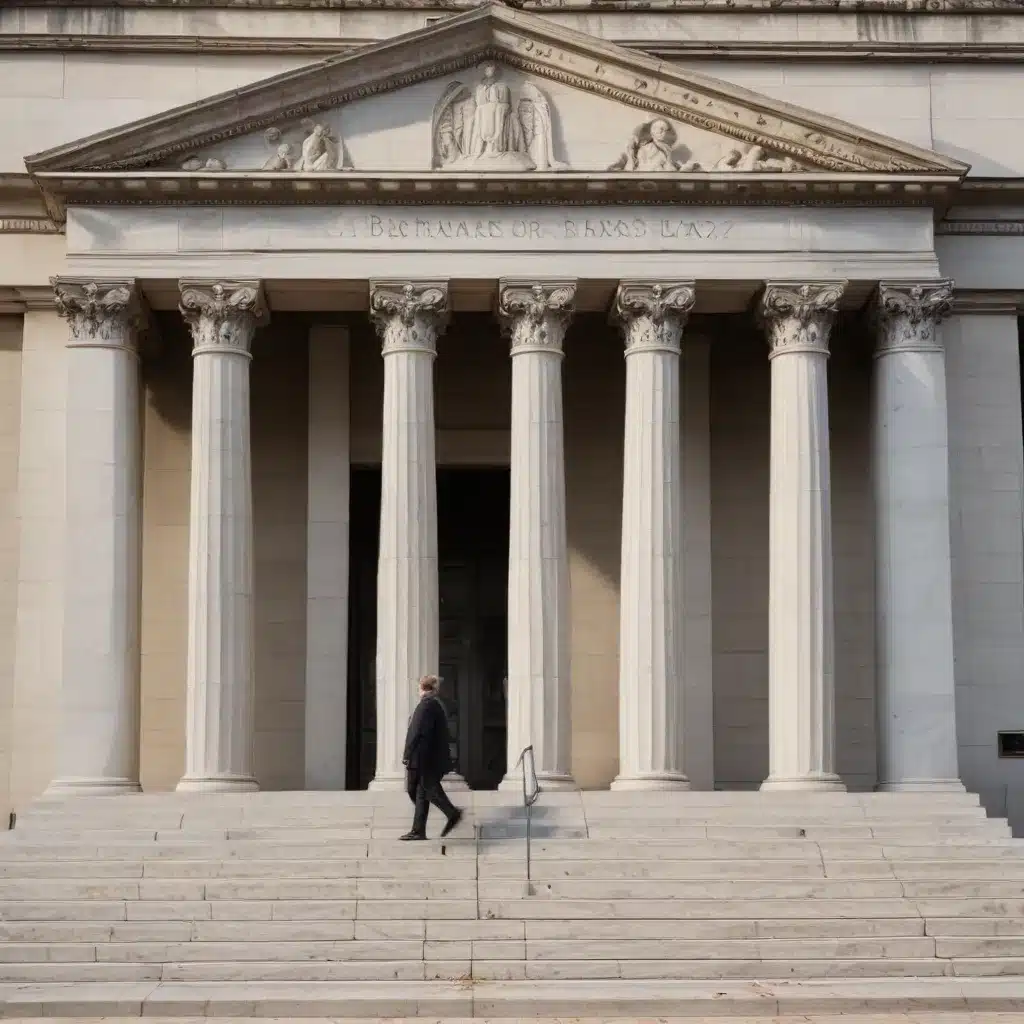
The Rise of Reciprocal Deposits
In March 2023, the failures of Silicon Valley Bank, Silvergate Bank, and Signature Bank triggered a banking crisis that sent shockwaves through the financial system. As depositors scrambled to protect their uninsured funds, many turned to a relatively obscure financial instrument – reciprocal deposits – to effectively increase their deposit insurance coverage.
Reciprocal deposits are deposits that are exchanged between banks within a network. By participating in these networks, banks can divide a depositor’s funds across multiple institutions, ensuring that the entire balance is insured by the Federal Deposit Insurance Corporation (FDIC), rather than just the standard $250,000 limit per account.
These deposit-swapping arrangements have been around since the early 2000s, but their usage surged dramatically during the 2023 banking turmoil. According to the Federal Reserve Bank of Cleveland, reciprocal deposits as a share of domestic deposits grew rapidly, particularly for intermediate-sized banks that were most affected by the bank runs.
The Evolution of Reciprocal Deposits
Reciprocal deposits emerged as a response to the limitations of the federal deposit insurance system. Since the creation of the FDIC in 1934, depositors have been able to increase their insured deposits by opening accounts at multiple banks. However, this process can be inconvenient and time-consuming for individual customers.
The brokered deposit market, which allows banks to acquire deposits from outside their local markets, developed in part to address this challenge. By the 1980s, deposit brokers began breaking up large deposits into $100,000 increments (the FDIC insurance limit at the time) to provide more coverage.
Reciprocal deposits took this concept a step further, allowing banks to exchange deposits and effectively increase insurance coverage for their customers without the need for multiple accounts. Legally, the deposits are spread across multiple banks, but the depositor interacts with only one institution.
Regulatory Changes and the Rise of Reciprocal Deposits
The regulatory treatment of reciprocal deposits has evolved over time. Initially, they were classified as “brokered deposits,” which are generally considered riskier and subject to greater scrutiny by regulators. However, in 2018, the Economic Growth, Regulatory Relief, and Consumer Protection Act excluded a certain amount of insured reciprocal deposits from the brokered deposit definition.
This regulatory change made reciprocal deposits more appealing to banks, as they no longer faced the same regulatory burdens as brokered deposits. As a result, the use of reciprocal deposits began to steadily increase, with a notable spike during the 2023 banking crisis as banks sought to reassure their uninsured depositors.
The Impact of Reciprocal Deposits on the Banking Sector
The surge in reciprocal deposits during the 2023 banking turmoil highlights the critical role they play in the modern financial landscape. By effectively raising the deposit insurance limit, reciprocal deposits have become a crucial tool for banks to retain their customers’ trust and stability.
Uninsured Deposits and the Demand for Reciprocal Deposits
The growth in reciprocal deposits is closely tied to the long-term trend of declining real values of deposit insurance limits. As the purchasing power of the FDIC’s $250,000 coverage has eroded over time, an increasing share of deposits has become uninsured.
According to the Federal Reserve Bank of Cleveland, the share of insured deposits in the commercial banking sector has fallen from around 70-80% in the 1980s and early 1990s to just below 50% in 2021. This means that a significant portion of deposits are now exposed to the risk of bank failures, creating a strong incentive for depositors to seek out ways to effectively increase their insurance coverage.
Reciprocal deposits have become a popular solution, particularly for intermediate-sized banks that are large enough to have customers with large deposits but still small enough to be perceived as potentially vulnerable to failure. During the 2023 crisis, these banks experienced the largest proportional increases in reciprocal deposit usage as they sought to reassure their uninsured depositors.
Reciprocal Deposits and Bank Regulation
The widespread adoption of reciprocal deposits has raised important policy considerations. While these instruments have the potential to increase trust and stability in the banking system, they also introduce new challenges for regulators.
Specifically, regulators have imposed caps on the concentration of reciprocal deposits that banks can hold before facing increased oversight and higher deposit insurance premiums. This creates a delicate balancing act for banks, as they must choose between pleasing their customers or appeasing their regulators.
Moreover, the broader implications of increased deposit insurance, even through market-based solutions like reciprocal deposits, warrant careful consideration. On one hand, more deposit insurance can alleviate safety concerns and foster competition between small and large banks. On the other, it may also increase moral hazard, leading banks to engage in riskier profit-seeking activities.
The Future of Reciprocal Deposits and Deposit Insurance Reform
As the banking industry continues to evolve, the role of reciprocal deposits in the financial system is likely to remain a topic of intense scrutiny and debate. Policymakers and regulators will need to carefully consider the trade-offs involved and explore ways to strike a balance between protecting depositors and maintaining the stability of the banking sector.
One potential approach suggested by researchers is to implement deposit regulations in conjunction with bank balance sheet restrictions, rather than relying solely on deposit insurance limits. This more comprehensive approach could help address the moral hazard concerns associated with increased deposit coverage, while still providing the benefits of enhanced trust and safety in the banking system.
Ultimately, the optimal policy solutions for deposit insurance and reciprocal deposits will require a nuanced and multifaceted approach. As the IT Fix community, we will continue to monitor these developments and provide our readers with the latest insights and practical guidance on navigating the ever-changing landscape of the financial industry.
For more information on the Federal Reserve’s role in banking regulation and supervision, please visit https://itfix.org.uk/networking-support/. Our experts are dedicated to keeping you informed on the latest technology trends, security best practices, and innovative IT solutions to help your business thrive.












